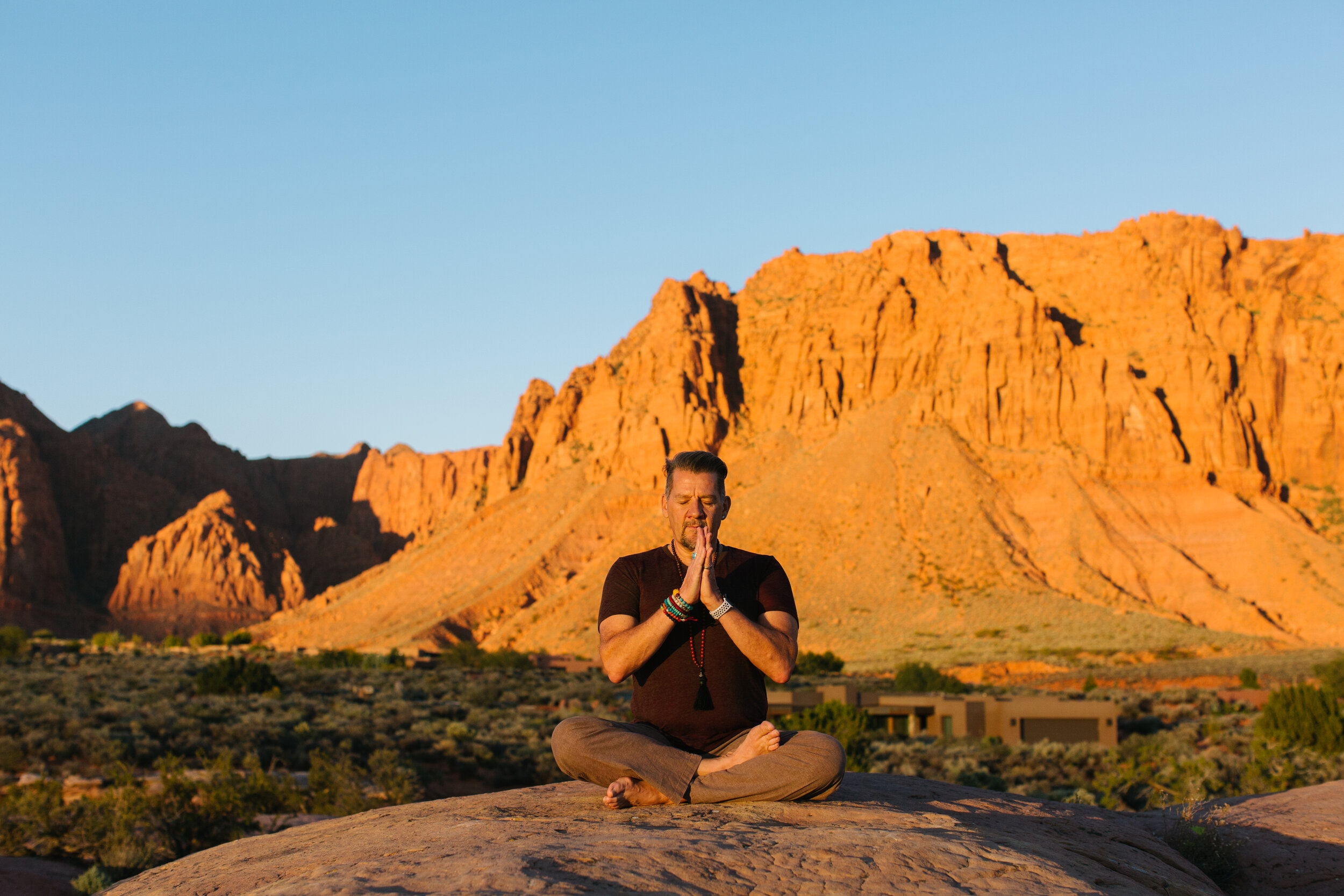In the depths of Vedic philosophy lies a profound truth, one that speaks not only to the cosmic order of the universe but also to the very core of who you are. This truth is embodied in the concept of Purusha, the cosmic spirit, the universal consciousness, the eternal essence that transcends time, space, and the physical world. It is a truth that speaks to the formless source of all creation, from which all life, matter, and existence arise. In its most fundamental sense, Purusha is the soul of the universe, the divine self that exists in all things.
But what does this mean for you as a human being? How can such a vast, cosmic idea relate to your personal journey through life?
To understand this, we must first grasp the relationship between Purusha and Prakriti. In Vedic philosophy, Prakriti represents the material world, the dynamic, ever-changing force of nature that governs the physical body, the mind, and the emotions. Prakriti is the movement of life, the actions and reactions, the ups and downs, the joys and sorrows. In contrast, Purusha is the passive observer, the silent witness, the unchanging consciousness that gives life to all, yet remains untouched by the whirlwind of the material world.
Purusha as Your True Self
At a personal level, Purusha is not something separate from you, it is you. It is the Atman, the individual soul, your true self that lies beneath the layers of physical identity, beyond the roles you play, the emotions you feel, and the thoughts that pass through your mind. This true self is eternal, indestructible, and pure. While the body ages and the mind fluctuates, your Atman, your Purusha, remains steady and unchanging. It is the essence of who you truly are.
Imagine a calm lake, undisturbed by wind or rain. On its surface, you may see ripples and waves, but beneath, the water is still. The ripples are like the fluctuations of Prakriti, the movement of life’s experiences. But the stillness beneath? That is Purusha—the pure awareness within you that watches everything, silently observing without being affected.
The Observer of Experience
As you navigate life’s many challenges, Purusha is the part of you that remains centered, witnessing the experiences of the body and mind without being entangled in them. It is the awareness that knows when you are happy, and it knows when you are sad, yet it does not become happiness or sadness. It simply observes, offering you a space of calm amidst the storms of life.
By connecting with Purusha, you can learn to step back from the drama of your mind, from the constant chatter of thoughts and emotions. You can cultivate the ability to remain still and peaceful, no matter what is happening around you. This is the power of Purusha, the power to observe without attachment, to experience without being overwhelmed.
Liberation and Self-Realization
The ultimate goal of life, according to Vedic wisdom, is to realize this true nature of yourself as Purusha. This state of realization is called Moksha, or liberation. Through practices like meditation, self-inquiry, and mindful living, you begin to peel back the layers of illusion that keep you identified with the fleeting aspects of life—your body, your achievements, your fears. Instead, you begin to identify with the unchanging, limitless consciousness within.
In this state of self-realization, you no longer see yourself as merely a physical being confined by time or circumstance. You recognize your oneness with the infinite consciousness that is Purusha, and this realization brings profound inner freedom. No longer do the waves of life toss you about; you remain grounded in the stillness of your true self.
Transcending Duality
As humans, we often live in a world of dualities, joy and sorrow, success and failure, pleasure and pain. We label our experiences as good or bad, desirable or undesirable. But when you align with Purusha, you transcend these dualities. You come to see that beyond the surface level of opposites lies a deeper unity, where everything is interconnected.
By recognizing yourself as Purusha, you realize that the dualities of life are temporary, and you no longer become attached to them. You experience a sense of wholeness, where opposites dissolve into harmony, and the world becomes a place of balance, rather than conflict.
Connection to the Universe
The concept of Purusha teaches that you are not separate from the universe, you are an integral part of it. Just as the waves are inseparable from the ocean, so too are you inseparable from the cosmic consciousness. Every being, every form of life, is an expression of Purusha, connected by the same divine source.
When you realize this connection, it fosters a sense of compassion, empathy, and unity. You begin to see yourself in others, and others in yourself. The boundaries that once seemed so solid begin to fade, and you understand that life is not about competition or isolation, but about connection, love, and shared existence.
Embodying Purusha in Your Life
In essence, Purusha is the ultimate truth of your being. It is the pure, timeless, and limitless consciousness that exists within you, always present, always aware. While your human experience may be shaped by the body and mind, by the external world of Prakriti, recognizing your identity as Purusha allows you to transcend those limitations and experience life from a place of deep inner freedom.
Embodying Purusha means living with awareness, knowing that you are more than the roles you play or the emotions you feel. It means observing life with a sense of calm detachment, while still fully engaging in it. It means realizing that beneath the surface of change and chaos, there is a stillness within you that can never be shaken.
This is the gift of Purusha. It invites you to remember who you truly are, an eternal being of consciousness, connected to the vastness of the universe, and capable of experiencing life with grace, wisdom, and love.





